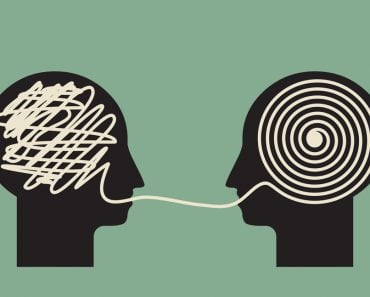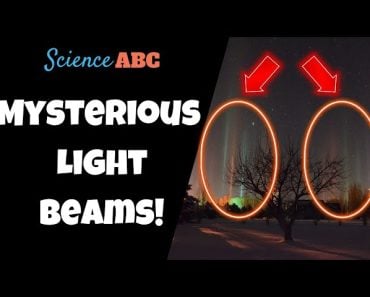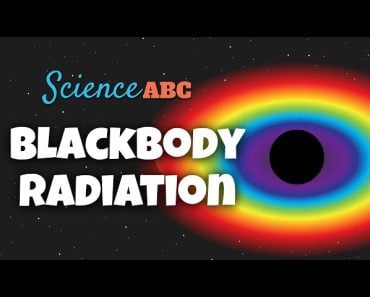Table of Contents (click to expand)
Too tired to read? Listen on Spotify:
Some colors, like pink and brown, are created when two different colors mix together, and the colors in a rainbow do not mix. Also, our eyes can only detect a certain range of colors, and some colors, such as those in the ultraviolet and infrared regions, are invisible to us.
I can see pink, black, purple, and all the other colors around me, but I can’t see those in the rainbow.
Could it be possible that there are many more colors present in the rainbow, but our eyes can only distinguish those seven?
That is precisely true.
The rainbow has colors that range from the ultraviolet to the infrared region!! That’s a lot of colors, but we simply can’t see them.
Why is that?
Recommended Video for you:
Colors Present In A Rainbow
The total number of colors our eyes can see in a rainbow is 7. The colors are always seen in the same order. These colors are (in the order that we see them from top to bottom):
- Red
- Orange
- Yellow
- Green
- Blue
- Indigo
- Violet
Rods And Cones In Our Eyes
Have you ever noticed that walking into a dark room takes time for your eyes to adjust? The reason behind it is the presence of rods and cones at the back of our eyes. Rods are sensitive and respond only to the presence or absence of light, while cones are responsible for color perception.
We have three different types of cones – blue, red, and green.
,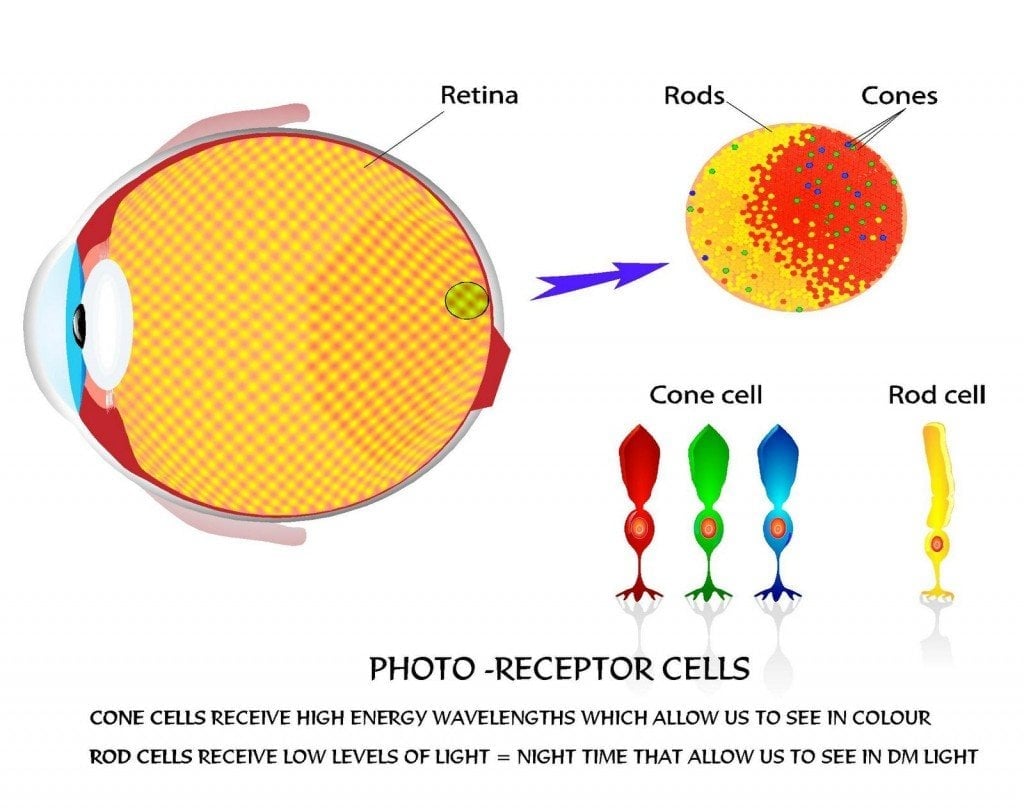
When you look at a banana, your red and green cones are activated, allowing you to see the banana’s yellow. Depending on the color you see, your cones activate accordingly. The appropriate mixture of activated cones lets us see various colors.
For some colors, one cone might fire up completely, while another only fires partially. For instance, when you see the color white, all three cones will respond.
However, some people are colorblind because one or more of their cones don’t work. In such cases, they may see a smaller set of colors, or the colors may be less prominent to them.
Despite being colorblind, they can still see the colors of a rainbow, but the set of colors they see might be different.
Absence Of Colors In The Rainbow
Now we know how eyes perceive colors (the cones in our eyes), but when I look up at a rainbow, I still don’t see brown, white, black, pink, and many other colors. Why is that?
Well, the colors we see in the rainbow are spectral because they are also present in the visible spectrum.
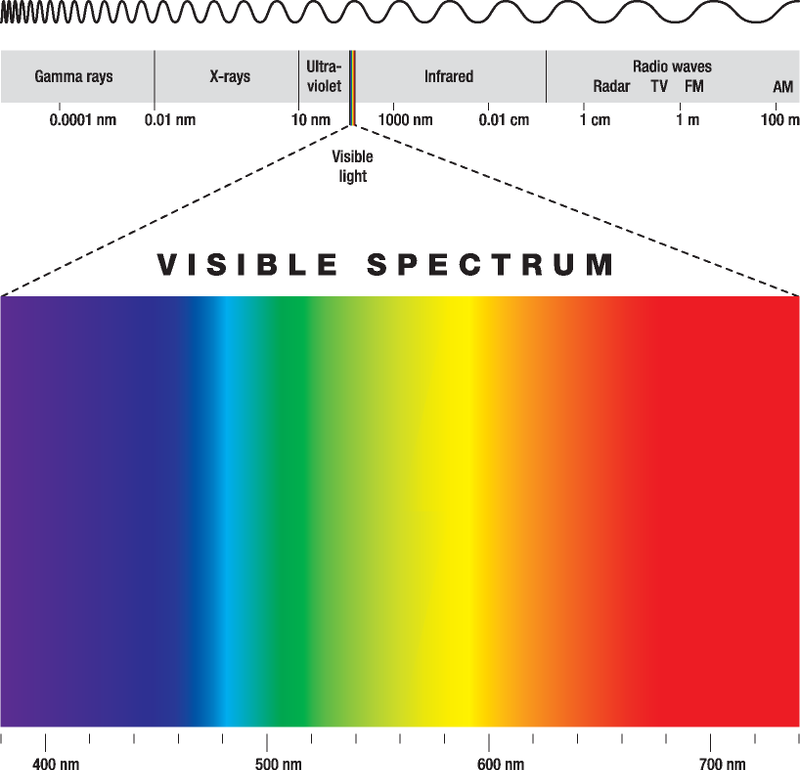
Notice how there’s no pink, brown, or even purple? These colors don’t have their wavelength. For me to see them, they have to be mixed with colors of different wavelengths. Take pink, for example, which is only made when you mix red and blue wavelengths!
Now, back to the rainbow. Look at where the blue band is, and look where the red band is. There is no overlapping of bands, so there is no pink.
Next, consider purple! What is purple made of? Red and blue. As stated above, they have no contact with each other. As for brown, which is a mix of green and red, those bands are similarly not in contact with each other in the rainbow.
I understand why these colors aren’t up there, but what about black and white? That is the particularly interesting and brilliant part of this rainbow color mystery.
White light is the reason why we see the rainbow in the first place. The colors I’m seeing come from this white light.
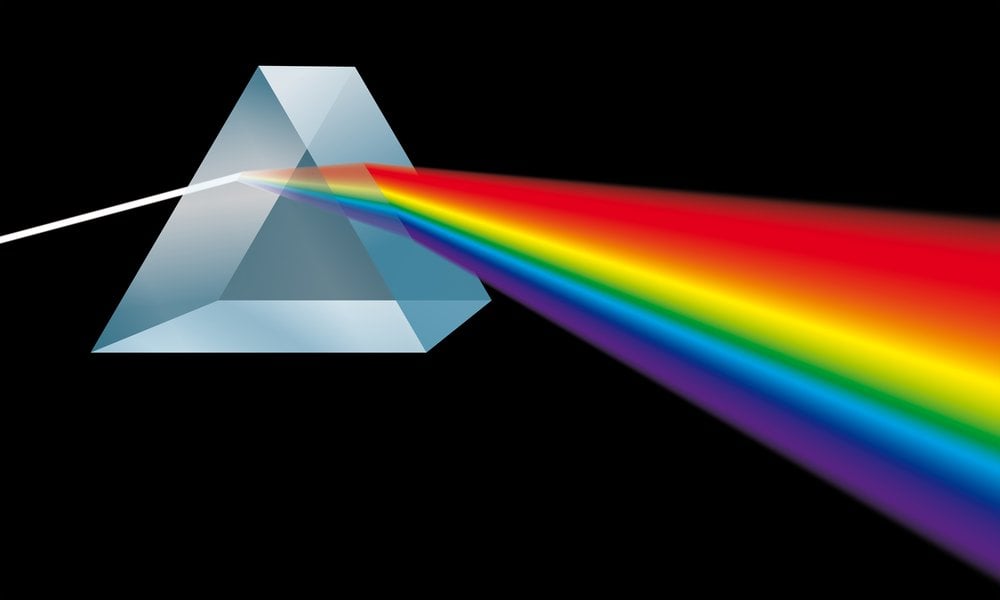
Furthermore, black is the absence of any color, and we’re talking about a rainbow, so that makes sense, right?
Another interesting fact is that everyone will see slightly different shades of color when we look at the rainbow. It’s how our eyes look at it. Different sets of eyes mean different responses to colors.
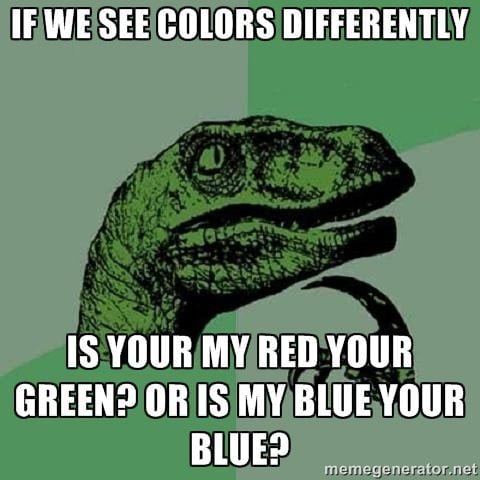
I never thought that there was so much to colors. Plenty of colors we can’t see in a rainbow still exist, but that doesn’t mean they aren’t there! These other colors are in the ultraviolet and infrared regions, which our eyes cannot naturally detect.
But hey, what we can see is still pretty beautiful, right?
Last Updated By: Ashish Tiwari






